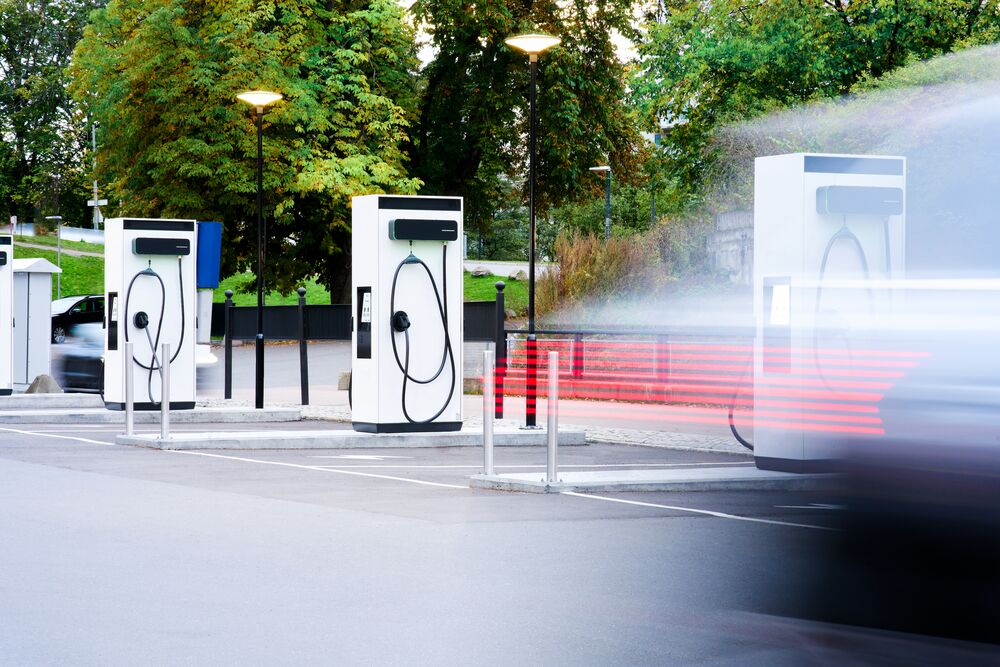
Charge point operators (CPOs), e-mobility service providers (EMSPs), and charge point owners play a crucial role in the purchase, installation, operation, maintenance of, and customer interaction with EV rapid-charging stations.
Typically, their roles are as follows (click to jump down to respective chapters):
- CPO: Manages the procurement, installation, operation, and maintenance of the individual charging units, or ‘charge points.’
- EMSP: Connects customers to a wide pool of charge points operated by a range of CPOs, and facilitates easy payment via a user-friendly subscription service and/or smartphone app.
- Charge Point Owner: Finances and oversees the new charging infrastructure project, dictating branding, objectives, and contractors (CPOs and EMSPs, for example); and aims to see a profitable return on their investment.
Click here for a quick overview of the main differences between CPOs, EMSPs, and charge point owners.
While each of these three players can play a distinctive, specialised role, often organisations take on more than one. E.g., CPOs that are also owners or EMSPs also acting as CPOs.
Introducing the electric vehicle (EV) charging industry and its key stakeholders
Recent years have seen the UK EV charging industry grow exponentially, in an upwards curve that forecasters predict is likely to continue for the foreseeable future (with some estimating a CAGR of 8.61% between 2023 and 2028).
Today’s extraordinary success of the electric mobility industry and tomorrow’s development relies heavily on cooperation and collaboration between numerous key players, including charge point operators (CPOs), charge point owners, and e-mobility service providers (EMSPs).
But especially for new entrants in this rapidly evolving and relatively new industry, these terms can get quite confusing.
It is crucial that anyone interested in the charging market – whether DC or AC, and as a potential investor or current player – fully understands the distinctions between CPOs, EMSPs, and charge point owners, as well as the roles they play. This, therefore, is what our article explores.

What is e-mobility?
The term ‘e-mobility’ stands for electric mobility, and covers all the myriad organisations, professions, and specialisations which put EVs on the road, keep them charged, and keep pushing the technology and its adoption forward. These entities include, though are not limited to, CPOs, Original Equipment Manufacturers (OEM), EMSPs, charge point owners, energy producers, service providers, and EV charging equipment manufacturers.

Why is it important to understand the differences between CPOs, EMSPs, and charge point owners?
A recent study polling responses from potential and current EV drivers across Europe shows that concerns about the capabilities of public charging infrastructure are one of the leading barriers to EV adoption.
Whilst this data is peculiar to European drivers, it serves as a good example of why the global development of sound charging infrastructure is so important. As this development involves the work of CPOs, charge point owners, and EMSPs it is equally important to familiarise yourself with these terms and their meanings.
Though the terms discussed apply across the whole charging market, including both AC and DC charging solutions, this article will focus on them in the context of the rapidly evolving DC ultra-rapid charging market.
Before diving into the details let's clear something up first. Confusingly, both ‘charge point operator’ and ‘charge point owner’ can be shortened to ‘CPO,’ leading to the question: are they one and the same? The short answer is no. When you see us use the acronym CPO or CPOs, we’re referring specifically to charge point operators.
Charge Point Operators (CPOs)
What does CPO mean?
Charge Point Operators (CPOs) are businesses that serve the backend of the customer EV-charging experience. They specialise in the resale of electricity to EV drivers through public rapid-charging stations which they operate. Currently, CPOs are the main players in the public charging market.
We may simplify this even further using a restaurant for our analogy. In a simplified example, CPOs are akin to chefs: it is their selection, preparation, and presentation of ingredients that determines the quality of the customer’s meal – or in our case, the stations the driver uses to charge their car.

Typically, charge point operators will fulfil this one role only – of ‘electricity chef.’ However, as we will discover a little later in the article: just as a chef might opt to own or part-own their restaurant, the roles of CPO, EMSP, and owner can also sometimes overlap.
what does a CPO do?

1. Purchase, deployment, and operation of charging infrastructure
Pureplay CPOs are experts in the latest charging technology, including AC chargers and DC Level 3 ultra rapid chargers for the public and commercial market. Some of their primary responsibilities therefore include:
- Recommending and procuring charge stations/charge points on behalf of the investor.
- Preparing the chosen site for installation of the charge points.
- Installing charge points on-site and connecting them with the requisite electricity supply (e.g., the local electricity grid).
- Ongoing management and maintenance of the charge points on behalf of their owner(s).
2. Ensuring reliable charging services for EV users
Following the successful deployment of the charging stations, CPOs are then responsible for ensuring smooth, consistent, and quality charging for EV end-user. For example, this can include:
- Preventative maintenance to keep charging stations operating optimally.
- Optimisation of charge stations and surrounding infrastructure to meet the evolving demands of customers.
- Integration of new technologies, hardware, and software into the charging infrastructure where necessary.
- Controlling the prices of charging at their pool of charge points, whilst complying with international, national, and local regulations, such as calibration laws.
3. Managing network connectivity and software platforms
An integral part of the operational side of the CPO’s role requires the use of backend software to manage energy consumption and delivery at charge stations. The charge point operator aims to spread electricity loads equally across their pool of operational stations, thus ensuring the fast and equitable charging of their customers’ vehicles.
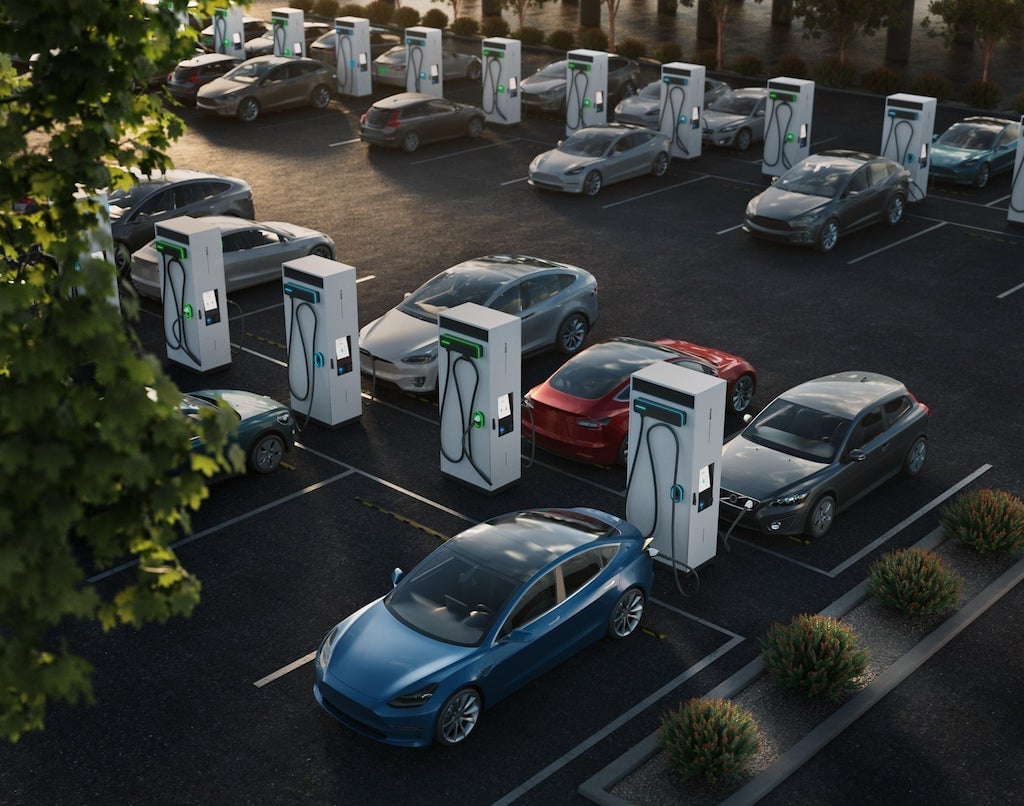
Additionally, a CPO attempts to optimise the flow of electricity through its site(s), its cost, and the burden it places on the grid by utilising smart charging technology.
4. Future-proofing: managing scalability
Lastly, CPOs that wish to survive and thrive in this rapidly evolving industry must be prepared to future proof their operations.
The advancement of charge technology has already proven itself a fluid and dynamic process. Today’s most powerful DC charging stations can deliver up to 400kWh, whereas not long ago 50kWh would have been considered “rapid”. DC charging stations with a higher maximum power output also allow for charging multiple EVs at once since most EVs on the road today can receive far less than the full potential ultra rapid charging stations have to offer.
Still, battery and EV technology continue to improve alongside charging technology, meaning that stations installed by CPOs today will, in time, likely require upscaling to continue meeting the demand for quality public rapid charging.
In a recent REVOLUTION Live podcast, we spoke to Roland van der Put, Head of Charging Technology at Fastned and asked him about the future of ultra-rapid charging.
Electric Mobility Service Providers (EMSPs)

What is an EMSP?
E-mobility service providers (EMSPs) are concerned primarily with front-end service, connecting EV drivers with charge stations (and thus CPOs) whilst ensuring an accessible and rewarding customer experience. By engaging with an EMSP’s service – oftentimes through an app and subscription – customers gain access to a wide pool of charging stations under one plan, rather than many.
To continue our earlier restaurant analogy, if CPOs are chefs, then EMSPs would be the waiters and front-of-house staff. As the customer-facing entity, they help the diner find what they’re looking for on the menu (i.e., charge station locations), make recommendations to the customer based on previous visits (i.e., preferred charge stations or CPOs), and finally, EMSPs ensure that the customer’s order (charge) and payment are processed swiftly and smoothly.

What does an EMSP provide?
Let's take a look at some of the key responsibilities and functions of EMSPs.
1. Providing value-added services to EV users
The central responsibility of the competitive EMSP is to provide EV drivers with a smoother, more practical, and enjoyable charging experience than they could achieve without such a service. These value-added services, as they’re called, can include:
- A UI-friendly app with various useful tools, such as:
-
- An interactive and real-time map of charging stations, featuring the types of charge points available there, and busyness levels.
- Real-time charge session monitoring.
- Charge session remote control.
- A single subscription price for drivers which offers them access to a pool of charging stations and covers their payments in advance.
- Loyalty schemes by which customers are offered, for example, discounts to local retail stores or restaurants situated near public charging points.
- A charging-point points system whereby customers earn points per charge (a little like air miles) that they can later exchange for additional services or goods like merchandise.

2. Managing charging subscriptions and payment systems
On par with offering value-added services is the necessity of EMSPs to manage the subscriptions and payment systems of customers and, often, the payment software within charge points themselves.
Making the payment process smooth and easily understandable to the potential customer will help to ease the concerns of buyers over EV adoption. EMSPs typically offer their customers a range of charge payment options, such as:
- Prepay – like preloading a travel money card.
- Subscription – a monthly tariff based on recorded usage (just like how many of us pay for the electricity in our homes).
- Postpay – settling the charge session bill after the fact, via the EMSP app.
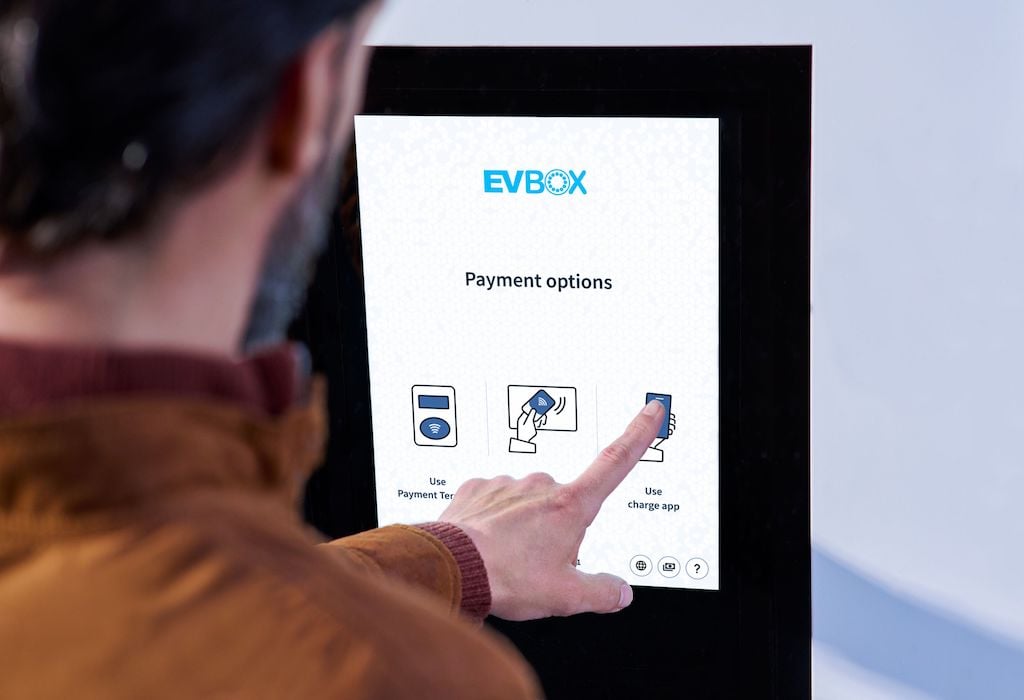
3. Enabling cross-border roaming services across different charging networks
One of the other concerns often voiced by potential EV customers is to do with the availability of public fast-charging stations, and the ease with which they can access them. Previously, EV drivers may have had to utilise 8-10 different apps from 8-10 different CPOs just to ensure they could charge their cars on the go. EMSPs consolidate this need into a single app.
Additionally, EMSPs are responsible for partnering with a wide range of CPOs to provide their customers with a cross-border (international) pool of compatible charging stations, which they can access using their chosen EMSP app. This service brings the EV experience closer to the expectations of long-time ICE vehicle drivers.

Charge Point Owners
What is a charge point owner?
Charge point owners, “the caretakers of the stations,” are the businesses and individuals who finance the charging infrastructure. They tend to collaborate with CPOs and EMSPs to create new fast-charge sites using their own money, or money they have raised. Once the site is complete, charge point owners remain in possession and control of the infrastructure.
To complete our hospitality analogy, where CPOs are chefs and EMSPs waiters, charge point owners are the restauranteurs. They purchase or lease the restaurant unit (i.e., the charge station site), hire the kitchen and front-of-house staff (CPOs and EMSPs), dictate the branding of the business, and enjoy its profits. And like restauranteurs, charge point owners may then choose their degree of involvement with the day-to-day running of the site.

What is the difference between an operator and an owner?
Ownership and management of charging stations
Whilst the charge point owner owns their charging stations, typically they will rely on the expertise of a charge point operator (CPO) to manage that site via a rolling contract.
Responsibility for site selection and installation
Ultimate responsibility for where the charge station site will be belongs to the charge point owner. However, owners can and often do seek the advice of a CPO when assessing a site’s suitability.
For example, the CEO of a major corporation may wish to install charging stations in their office car parks, internationally. Or a major fast-food chain might want fast-charging stations outside their branches to attract more customers.
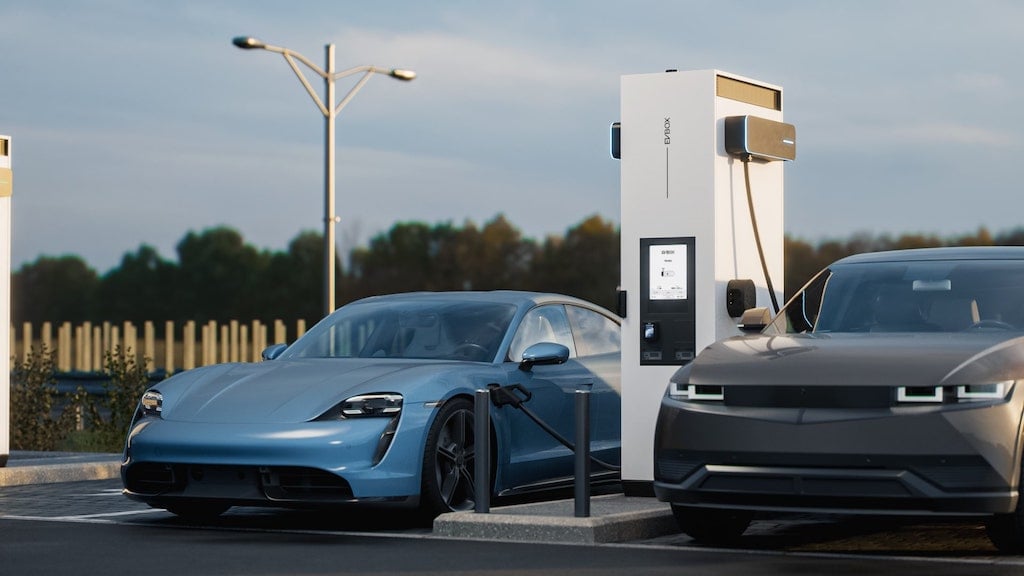
In both scenarios, the owner has a clear idea of where they want to install EV chargers but might rely on a CPO to assess the viability of their selection, and then prepare the site for installation.
Collaborative relationships with CPOs and EMSPs
As we touched upon in the introduction, the collaboration between e-mobility players like CPOs, EMSPs, and owners is fundamental to the industry’s survival and growth. With such a significant up-front investment required to get a DC ultra-rapid charging project off the ground, it makes sense for charge point owners not to take on more responsibility than is necessary – thus leaving logistics, operation, customer engagement, maintenance, and management to an expert.
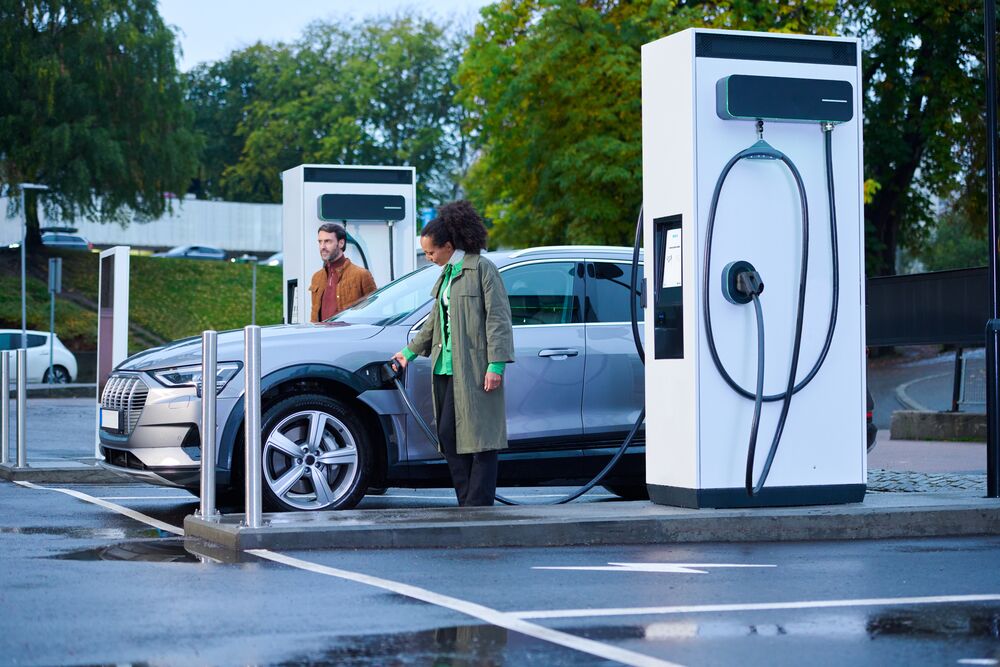
The intersection between CPOs, charge point owners, and EMSPs
It is important to understand the roles CPOs, owners, and EMSPs play in public EV charging, as well as the distinctions between them. However, now that we’re a little clearer on those differences, it’s worth mentioning that the three roles don’t always need to be separate.
Indeed, if they have the financial means and technical clout necessary, then there is nothing to stop a charge point owner from also assuming the role of CPO, EMSP, or both simultaneously.
As Linda Graves, CEO and Founder of EV Driver, made clear in one of our podcast episodes: you can do it yourself, but especially setting up fast charging infrastructure can get overwhelming and expensive to do on your own.
What is a CNO?
Charge network operator (CNOs) are both charge point owners and charge point operators–they own, install, maintain and operate their charging infrastructure with the objective to provide recharging services to EV drivers and earn revenue from it. They buy or rent sites where they install their charging infrastructure.
Similarly, a CPO might choose to offer e-mobility services, thus bypassing the need to partner with an external EMSP; or an EMSP might purchase a share in the ownership of a charge site, and so assume the role of charge point owner as well.
CPO vs EMSP comparison overview
|
|
CPO |
EMSP |
Charge Point Owner |
|
Primary Role |
Backend operation |
Frontend service |
Financing project |
|
Responsibilities |
Operation and maintenance of chargers |
Connecting customers with chargers |
Hiring via contract the CPO and EMSP |
|
Objectives |
The smooth operation of chargers and the dispersal of electricity |
Accessible and value-adding customer service |
To secure a steady and dependable ROI on their investment |
|
Ownership (Y/N) |
No (except perhaps of operational software) |
No (except perhaps for customer service software) |
Yes |
|
Management (Y/N) |
Yes (of charge stations) |
Yes (of customer service) |
Yes (of CPO and EMSP partners) |
|
Relationships with other stakeholders |
EMSPs and owners |
CPOs and owners |
CPOs and EMSPs |
The future for CPOs and EMSPs
Following the surge in popularity of EVs in the UK over the last few years, giant players in the mobility industry such as Telsa and Ford have charging networks. But also adjacent industries like utilities such as Engie or Enel SpA, and big oil companies such as Shell, Total, and BP are all heavily invested in the transition into e-mobility.
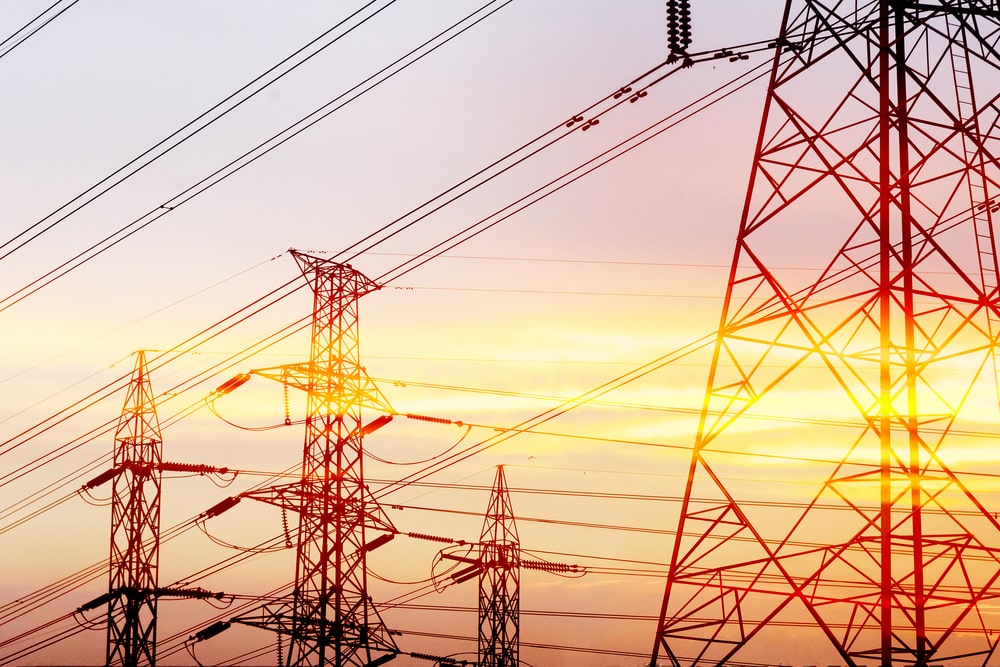
What about smaller enterprises?
The DC fast-charging market, as with the wider EV charging industry, is currently “complex and pretty fragmented,” according to Adam Woolway, Head of EV at Parkopedia in our recent podcast episode. The laws regulating charge points differ from country to country, whilst the nature of EV adoption also varies greatly by location. As such, the international market is extremely competitive and thus quite cutthroat – “a red ocean market” – whilst entry barriers are relatively low for CPOs and EMSPs.
Differentiation is proving the key ingredient for new startups aiming to quickly raise venture capital funding and edge out incumbents. According to 4impact, “This is a market in flux, and the competitive landscape may look very different five, ten, or twenty years into the future.”
As for the nature of the CPO and EMSP roles, the future may also look quite different. In competition with the subscription-based payment model popular among EMSPs are two other ways of paying for charge sessions:
- Plug-and-Charge: A technological concept from the IOS (International Organization for Standardization) whereby EV drivers can initiate a charge session just by plugging their car into the charger. They would no longer need to authenticate the session with an RFID card or EMSP app.
- Pay-at-Pump: The familiar notion of paying for your fuel with a credit or debit card at a pay point integrated into the rapid-charger; once again without the need for an EMSP membership, app, or subscription. This is being introduced as a standard in Europe, for example, by the EU’s AFIR.
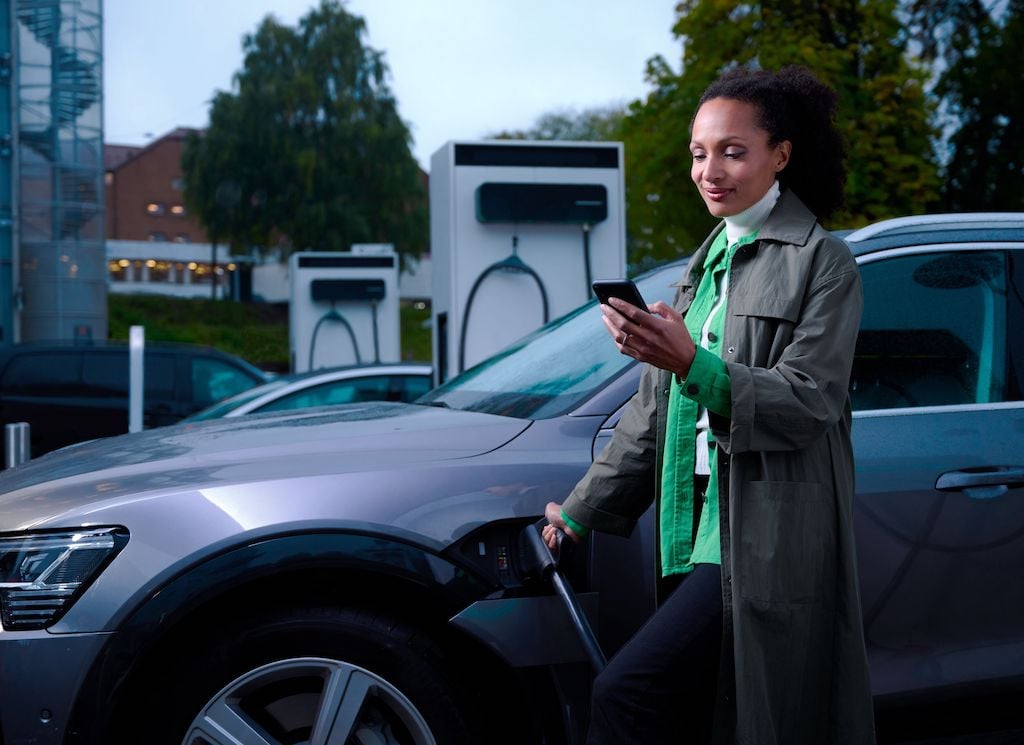
Though neither of these models offer the specific convenience of a subscription model, and whilst both may not necessarily be compatible cross-border (internationally), their introduction may trigger the narrowing of EMSPs’ responsibilities and services. As such, a merger of the CPO and EMSP roles could prove key to the survival of smaller e-mobility players once the market begins to consolidate (within the next 3-5 years).
A quick summary
Charge point operators, owners, and e-mobility service providers are together the backbone of the new fast-charging infrastructure. Their cooperation, collaboration, and oftentimes their merger, are necessary for the establishment and ongoing maintenance of charging infrastructure.
Charge point owners are typically the financiers of these projects; CPOs are the businesses contracted to install and operate the charging stations; and EMSPs are the customer-facing service providers contracted to connect EV drivers to charge stations and facilitate the payment process. However, not all businesses opt to specialise in one role only, and some – especially massive global corporations like Shell and BP – have chosen to take on all three.
At present, the DC ultra-rapid charging market is young and fluid, with plenty of opportunities for conscientious investors and startups to find a foundational foothold. Whichever direction the e-mobility moves in, and however the responsibilities and interactions of CPOs, EMSPs, and owners evolves, this is an industry set to continue growing exponentially for years to come.
If you’re interested in entering the DC ultra-rapid charging market, learn more by exploring our comprehensive guide to the four major investment strategies for DC or have a look at our DC charging solutions here.

Related articles
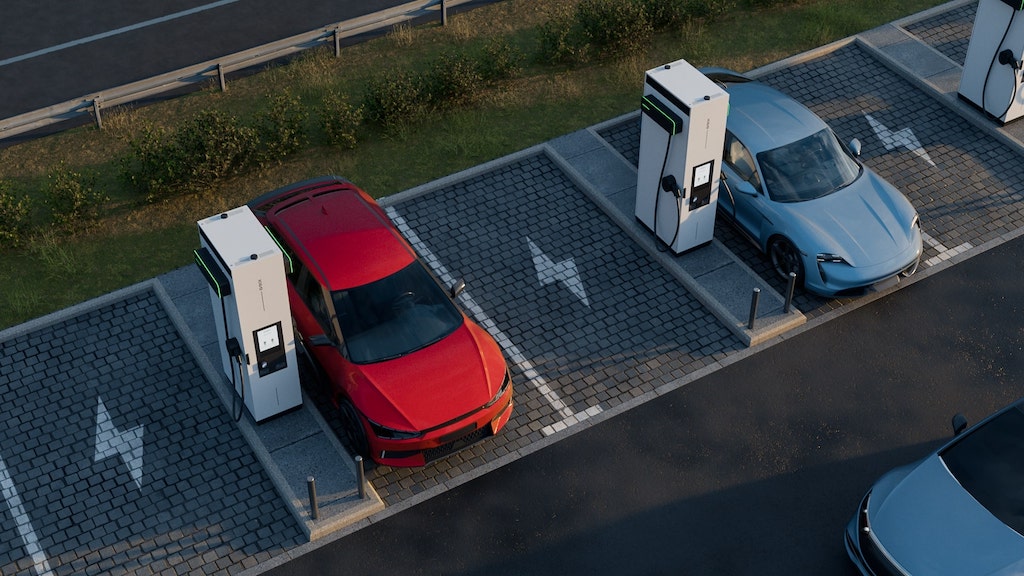
3 revenue models for commercial rapid EV charging stations
DC rapid-charging infrastructure is being installed at an exponential rate and is crucial to the improved viability of...

How to identify profitable DC charging locations
The profitability of your DC rapid-charging site depends largely on its location, which covers factors from quality of...

CPOs, Charge Point Owners, and EMSPs explained
Charge point operators (CPOs), e-mobility service providers (EMSPs), and charge point owners play a crucial role in the...

